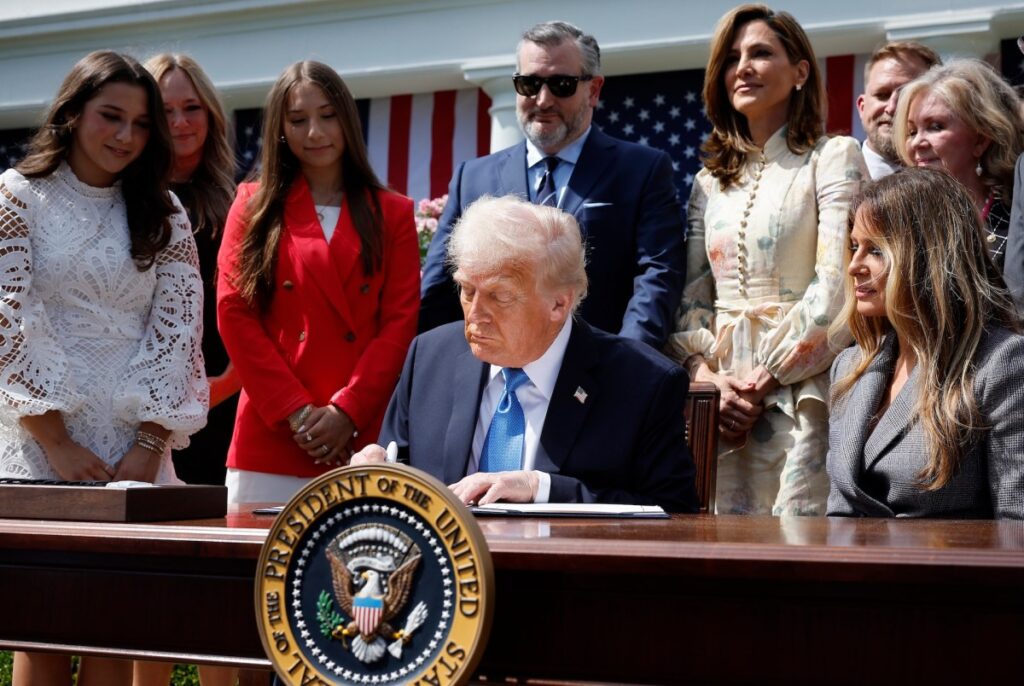In the realm of privacy and digital rights advocacy, a recent law has stirred up both applause and apprehension among experts. The Take It Down Act, designed to combat revenge porn and AI-generated deepfakes, has been lauded as a significant victory for victims. However, concerns have been raised about its potential for overreach, censorship, and surveillance due to its ambiguous language, loose verification standards, and stringent compliance timeframe.
India McKinney, director of federal affairs at the Electronic Frontier Foundation, highlighted the inherent challenges of implementing content moderation at scale, noting the risk of censoring essential speech. The law mandates online platforms to establish a process for promptly removing nonconsensual explicit imagery, with takedown requests required to originate from victims or their representatives. While the aim is to streamline the process for victims, the absence of stringent verification measures may open the door to potential abuse.
Senator Marsha Blackburn, a key proponent of the Take It Down Act, has also championed the Kids Online Safety Act, emphasizing the responsibility of platforms to shield children from harmful online content. However, concerns have been raised regarding the potential impact on transgender content, with some viewing it as detrimental to minors.
The stringent 48-hour compliance window for takedown requests has raised concerns about the rushed removal of content without thorough investigation. Major platforms like Snapchat and Meta have expressed support for the law, but questions linger regarding how they will verify the authenticity of takedown requests.
Decentralized platforms like Mastodon face unique challenges under the new law, with the potential for increased pressure to comply with takedown demands within the stipulated timeframe. The lack of clear guidelines for non-commercial entities hosting independent servers adds another layer of complexity to the situation.
The law’s proactive monitoring requirements have prompted platforms to adopt AI-driven solutions to detect and remove harmful content. Companies like Hive are at the forefront of this technological advancement, assisting platforms in identifying deepfakes and child sexual abuse material. However, the potential extension of monitoring to encrypted messages raises concerns about privacy and free speech implications.
As the law’s implementation unfolds, the broader implications for free speech have come under scrutiny. Recent actions by the Trump administration have highlighted the delicate balance between content moderation and censorship in the digital age. With increasing calls for stringent regulation, the future of online speech remains a contentious issue.
In conclusion, while the Take It Down Act aims to protect victims of revenge porn and deepfakes, its implementation raises complex challenges that warrant careful consideration. Balancing the rights of individuals with the need for online safety and accountability presents a nuanced landscape that requires ongoing dialogue and vigilance.

